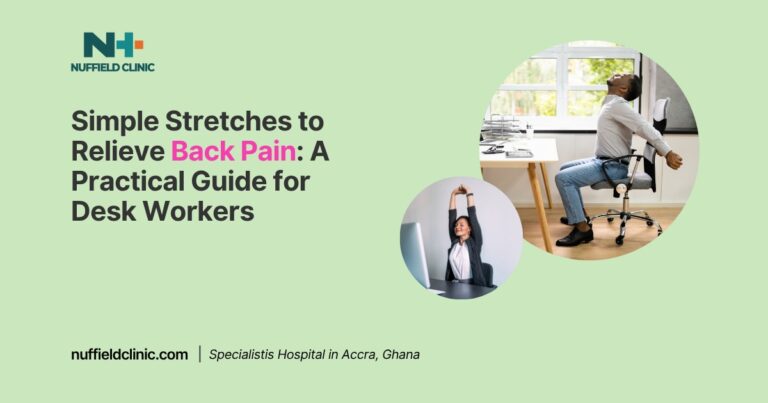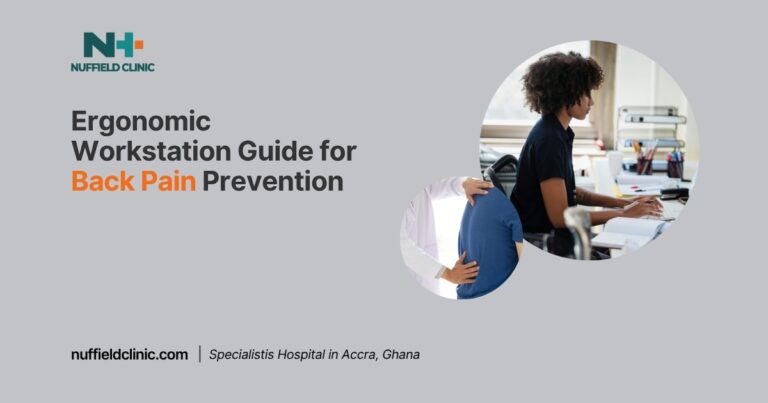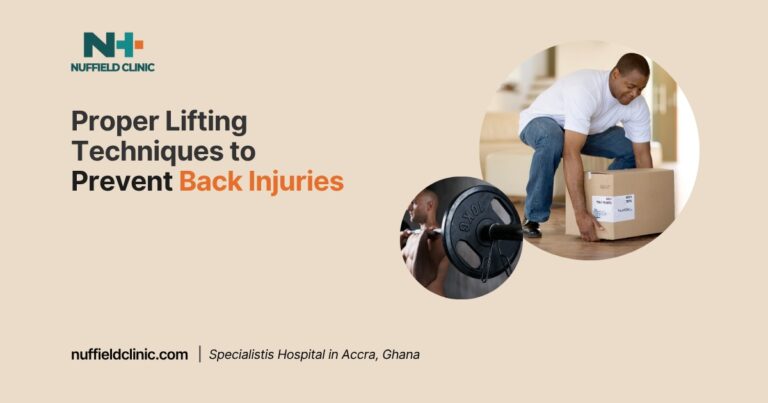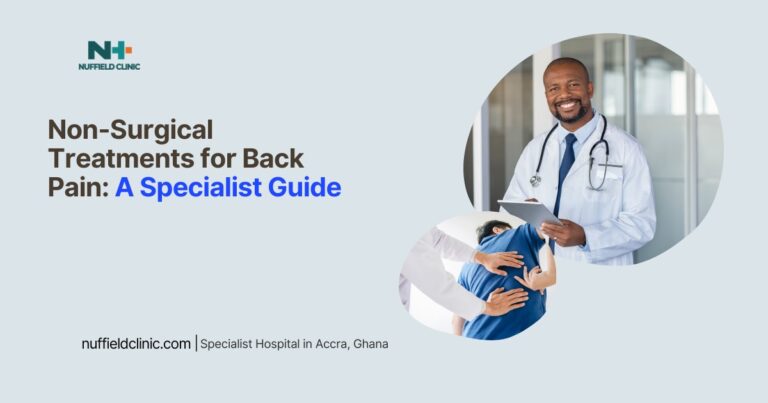Risks, Prevalence, and Prevention of Back Pain in Physically Demanding Jobs
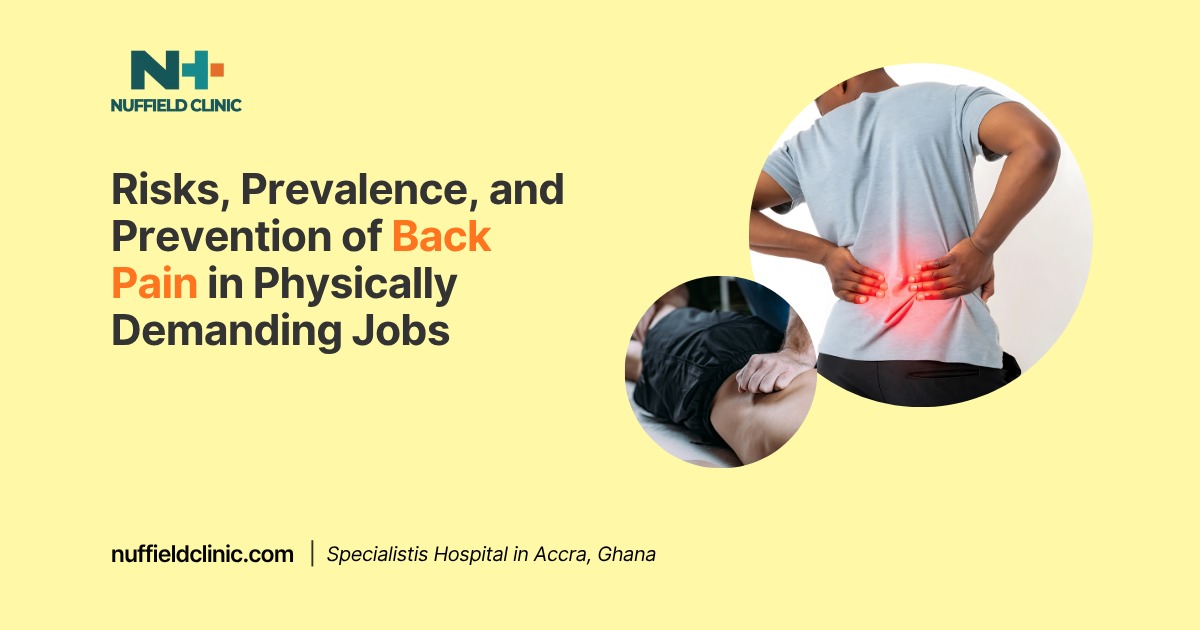
Do you work at a physically demanding job? How prevalent is back pain among people who offer physically demanding jobs? And how do you prevent such aches?
Back pain remains one of the most frequent and costly occupational health issues, particularly in industries that place heavy physical demands on workers.
With over two decades of experience in occupational health, I have seen how persistent back problems affect not only individuals but also employers through lost productivity, compensation claims, and long-term disability.
Before we dive deeper, I must state that understanding the risks, prevalence, and preventive measures is essential to safeguarding workers in high-demand occupations.
Prevalence and Impact of Workplace Back Pain
Back pain is highly prevalent among working adults, with more than one in four reporting current symptoms.
Workplace back injuries account for roughly 20 percent of all reported occupational injuries or illnesses and represent 25 percent of workers’ compensation claims.
Each year, more than one million back injuries occur in the workplace, leading to significant absenteeism and financial burden for employers.
Although most cases are not medically serious, they often interfere with an individual’s ability to perform tasks and may develop into chronic issues if not addressed.
Key Risk Factors in Physically Demanding Jobs
The causes of back pain in physically demanding jobs are both physical and psychosocial.
Physically, heavy lifting and carrying are the strongest contributors, with workers exposed to such tasks facing a 45 to 52 percent higher risk than those not exposed.
Most reported workplace back injuries are linked to lifting activities, especially in the lower back.
Repetitive bending and twisting movements further increase spinal stress and raise injury risk, while awkward or one-sided postures place uneven strain on muscles and joints.
Other aggravating factors include fatigue, sudden task disruptions, outdoor work, and repetitive hand movements.
Certain occupations carry particularly high risks. Nursing assistants, construction labourers, freight movers, transportation workers, warehouse staff, and landscapers experience higher-than-average rates of back injuries.
Among these, nursing assistants report the highest prevalence, with more than half experiencing back pain.
Psychosocial stressors also play a role. Low supervisor support, monotonous or rapid-paced work, job insecurity, and work-family imbalance contribute to higher pain risk.
Environmental stressors, such as noise and hostile work environments, can further exacerbate symptoms and reduce recovery potential.
Prevention Strategies for Workers and Employers
Prevention of back pain in physically demanding jobs requires both primary and secondary approaches.
Primary prevention focuses on reducing physical strain before pain develops. This includes ergonomic redesign of workstations, use of adjustable equipment, and mechanical aids to reduce lifting loads. Worker training in safe lifting and handling techniques remains essential.
Opportunities for exercise at or outside of work have been shown to lower the incidence of back pain. However, certain measures, such as back belts, have not demonstrated convincing benefits in preventing injury.
Secondary prevention targets workers who already experience pain and aims to prevent long-term disability. Employers are required to provide reasonable accommodations, which may involve temporary or permanent job modifications.
Organisations that adopt proactive return-to-work policies see better outcomes, with fewer missed days and higher employee satisfaction.
Addressing psychosocial barriers is equally important. Fear of movement, low confidence, and catastrophizing beliefs about pain are strong predictors of prolonged disability.
Workplace support, stress management, and gradual activity exposure improve recovery. Interventions such as return-to-work coordination, counselling, and pain education are valuable for workers struggling with persistent pain.
Managing Back Pain in Physically Demanding Jobs
The intensity of pain alone does not determine whether it will cause long-term work disability. Outcomes vary based on individual resilience, workplace support, and system-level factors.
Efforts to objectively measure functional capacity often fail to predict actual return-to-work outcomes, which is why a biopsychosocial approach is considered most effective.
Healthcare providers play a critical role by addressing occupational risk factors when diagnosing and treating back pain. Proactive communication with both workers and employers has been shown to facilitate smoother return-to-work processes.
For individuals unable to return to work within several months, multidisciplinary rehabilitation programs provide moderate but meaningful benefits.
These programs integrate pain management, physiotherapy, exercise, psychological counselling, patient education, and peer support to improve both physical and social functioning.
Back pain in physically demanding jobs is a complex and costly challenge that requires coordinated efforts from workers, employers, and healthcare providers.
While heavy lifting, repetitive movements, and awkward postures are major contributors, psychosocial stressors and workplace culture also determine outcomes.
Prevention through ergonomics, education, exercise, and job modification can reduce risk, while multidisciplinary rehabilitation and early intervention remain critical for those with persistent pain.
A comprehensive approach ensures not only reduced injury rates but also improved quality of life and productivity for workers in high-demand occupations.



